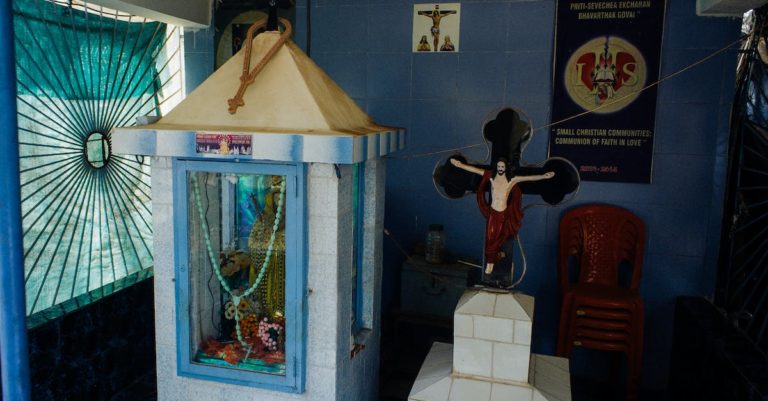The SkewT log-P graph is considered to be one of the aviation’s top secrets. It’s a diagramgraphical representation of aerodynamics in a plane, which is the explanation for why many planes perform poorly when landing and taking off in short distances. It’s also an intriguing instrument to learn about the flight as well as the aerodynamics of various planes. This diagram to discover ways to improve your flight.
Gliding
Gliding is one of the best ways to enjoy flying if you are a fan of airplanes. Gliding is the act of flying an airplane horizontally while relying on air currents to maintain altitude. In contrast to other forms of aviation gliders, gliders don’t have power, and therefore do not require a parachute.
Gliding is the process of applying an airfoil. It creates a lift force. It is similar to wings that are found on birds and other planes.
There are four major ways to launch an glider. The gyroglider , also known as a rotor-kite one of the four main ways to launch a glider.
Others include ridgesoaring as well as card throwing. Each has its merits. However, gliders are not completely risk-free. You should always have somebody to aid in lifting the glider and then put it back at the moment you return.
Sail is another type of glide. A sailing plane flight that is the best requires no motor.
Gliders on America United States do not need an parachutist. Therefore, pilots generally can operate their gliders alone. But you must be equipped with a parachute when traveling in Europe.
The technology for Spiroid-tipped wings
Improved and new technology at the tips of wings can help airlines to be more sustainable while also lowering fuel consumption. It’s called Spiroid-Tipped Wing Technology. This technology was created by Boeing’s former aerodynamics chief. Boeing is conducting tests on Gulfstream II and is working in the future to deploy it in other commercial jets.
This is a huge deal. But it’s expensive to develop. Aviation Partners invested $30 million in order to bring the BBJ system to approval. Aerospace Technologies, which is part of Aviation Partners is expected to be able to install the BBJ-equipped equipment on one of the Falcon 50 or 737-800.
The spiroid tipped wing is perhaps more difficult than the Blended winglet. This requires re-designing the wing as well as the airfoils. The correct aerodynamic surface load will decrease drag, without taking away the structural strength of the wing.
In the past, many different designs of winglets have been used. An aerofoil designed to minimize drag while maximizing lift could improve performance following a stall. Split-scimitar wingslets are another type of winglet to be noted. These types of winglets have a secondary lower ventral, and a blended-sweptback tip spike.
Diagram Skew T log-P
One of the most important equipments in the pilot’s tools is the Skew log-P diagram. This diagram is utilized to determine the type of weather to prepare for on your journey.
The graph shows the horizontal motion of the air as well as its temperatures and speed. The pilots are able to drill to specific locations and altitudes to determine if hazardous weather conditions could be expected.
If temperatures are inverted at low elevations, this can be a sign of low-level shear wind. This is due to fact that an expansion of the atmospheric pressure leads to it cooling. The cooling speed is higher in moist environments that in an airless one.
The skew-T log-P diagram is an illustration of atmospheric motionthat allows an easy and quick analysis. A typical skew-T log-P chart displays a 45 degree tilted horizontal axis, overlaying a dew point and temperature. The isopleths of the chart represent the orientation of the wind.
Douglas World Cruiser
The Douglas World Cruiser was first flown in the year 2001, an inch over a decade prior to that. Its original concept for the plane was to become the torpedo bomber of World War I. The aircraft was factory built in the hands of Donald Douglas.
The plane was an enormous biplane. It had tubes of steel and interchangeable wheels. The plane was capable of landing independently using floats.
It has proven to be a very successful aircraft. It’s still flying to this day, even though it’s been intensively bred. Numerous aviation enthusiasts have huge respect for this particular plane. There are various versions available for the DC-8. The model you choose will determine the aircraft can carry two to 189 passengers.
The initial plans for the DC-8 included four JT3L engines. Each being rated at 11,000lbs of thrust. They would mount at the back of the pod. Douglas claimed that the plane would be capable of traveling 3700 miles, and carrying 125 passengers. However, the design changed in the early stages and an engine was positioned to the left of the wing’s pylon. an entirely new pylon.






